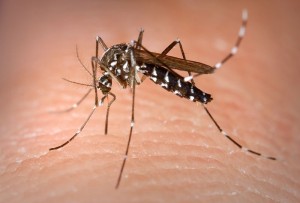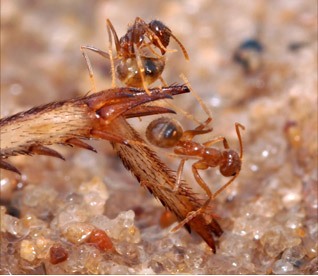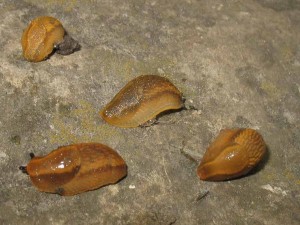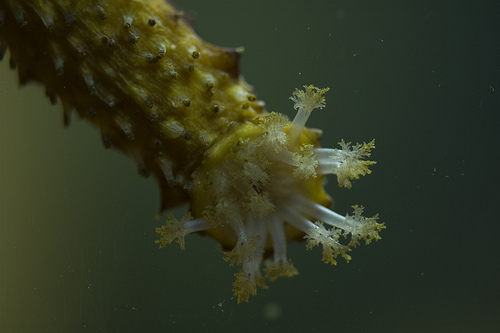Search Results for Tag: invasive species
5 of the most successful conquerors
When an animal invades a new habitat this does neither need jet fighters nor bombs. There is neither a political conflict about it, because normally, nobody recognizes the invasion until it’s too late – meaning that endemic species, to speak animals that are home in that habitat, are suppressed. Here, we present you those animals, that had the most successful strategy:

Black Squirrel CC BY 3.0 by BirdPhotos.com/wikipedia.com: http://en.wikipedia.org/wiki/File:Eastern_Grey_Squirrel.jpg
This little guy looks really sweet, right? Perhaps that a quite clever disguise to take an innocent and sweet look. At least, that’s how the Grey squirrel made it’s way from America to Europe – where it competes for nuts with the endemic Red squirrels.

Zebra Mussel – CC BY-SA 3.0 by GerardM, wikipedia.com: http://en.wikipedia.org/wiki/File:Dreissena_polymorpha.jpg
Not really movable on itself, the Zebra mussel sneaked into North America in ship’s ballast water. Quite a clever way to hide, right? But nowadays the time to hide is over: it’s clogging water filters, pipelines and attaches to almost anything in it’s surrounding.

Asien Tiger, public domain by Centers for Disease Control and Prevention’s Public Health Image Library
What do you think: Did the Asian tiger mosquito fly all the way from Southeast Asia into other parts of Asia and even to Europe? It is believed to be the most-widely distributed animal (being abundant in 28 countries outside of it’s native range)
The Spanish slug is not longer munching it’s way through Spanish and Portuguese lettuce patches, but conquered also other patches throughout Europe – it is not only that they thread agriculture, but are also considered a danger for natural ecosystems.

Goat, CC BY-SA 3.0 by Armin Kübelbeck, wikipedia.com: http://en.wikipedia.org/wiki/File:Hausziege_04.jpg
Harmless in most parts of the world, unexpectedly it is goats posing a threat on the biodiveristy of Galapagos Islands for example. Here it is considered to be the most damaging invasive species.
5 really clever defense strategies of animals
Without the massive budgets that humans lavish on their territorial defense, animals have to turn to creativity to protect themselves from enemies – or attack them.
Researchers recently discovered, why the tawny crazy ant was so successful in invading the fire ants territory (which the latter may have stolen from the former, previously): when a fight with a fire ant is looming, tawny crazy ants secrete an acid they cover their body with (they rub their body with their legs to spread the chemical). This chemical protects them from the toxic attack of fire ants.

Tawny crazy ant standing on cricket leg, expressing detoxification behavior. (Photograph by Lawrence Gilbert)
To defend their colony, termites were found to sacrifice themselves for their colleagues’ sake. Being threatened, they grow a sack with toxic liquids on their back, which then explodes spreading the toxins all over nearby enemies – as well over the termite itself.
Most people don’t like anything that is about inner body parts. For the sea cucumber‘s enemies, this might certainly be an issue: If feeling threatened, sea cucumbers expel their internal organs rapidly – which are sticky and partly toxic. The creatures may not be missing their body parts for long: they can regenerate the organs.
When the bones in your legs break you’d immediately get to a doctor to get them to put a cast on. You’d never think of breaking your arms or legs on purpose. But for the Hairy frog breaking its toes is an effective way of defending itself. Facing an attacker it breaks its own toes, pushes the splinters through the skin, which then act as tiny sharp claws.
If you don’t possess any of the above skills, there’s only one thing left, that might help: pretending you’re dead. That’s what Fainting Goats do. When frightened, their muscles seize up for about 15 seconds – and they just fall over.







Feedback